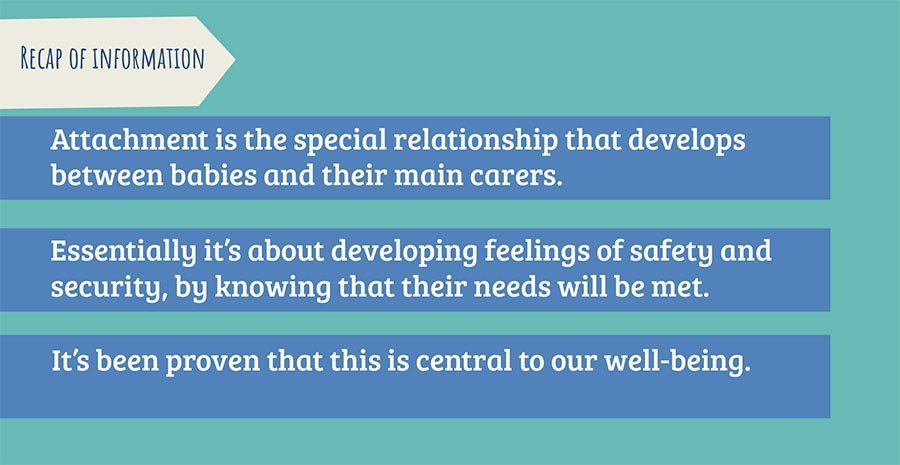This video requires a membership to the Siren Clip Library. Please log in if you are a member or purchase a subscription.
Understanding attachment – What is attachment?
Find out what attachment is, how it develops and what it looks like. See what behaviours babies use to keep their carers close, how the carer starts to develop the attachment relationship with the baby and how the attachment relationship makes the baby feel safe and secure.Good for looking at
- Healthy attachment
- Early relationships
- Importance of bonding
- Eye contact
- Sensitive interactions
- Picking up babies cues
- Insecure attachments

Reflect
- In what ways can understanding attachment theory help us in our daily practice with children?
